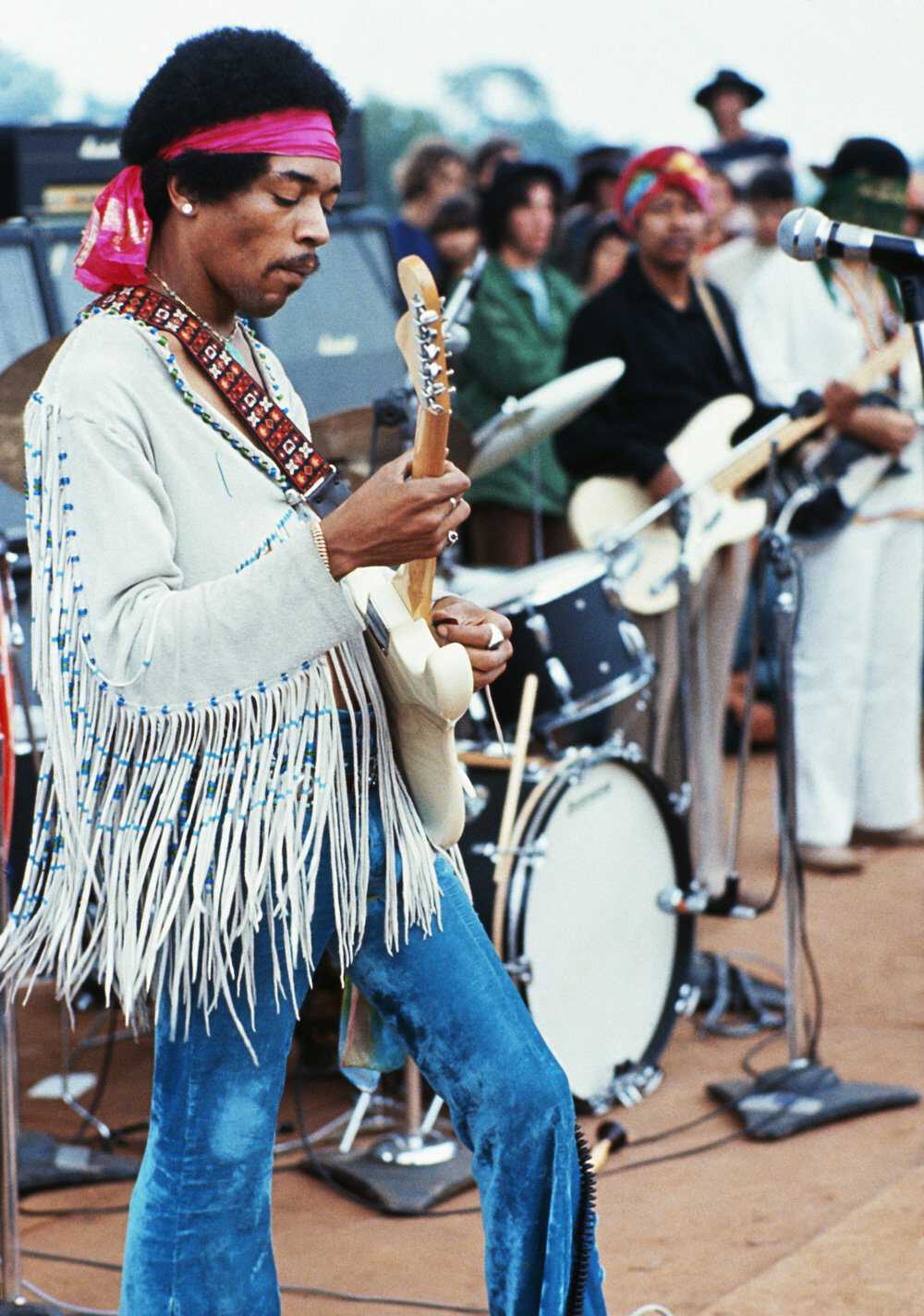
It was the summer of 1969, a time of turmoil and change in America. The Vietnam War was raging, civil rights struggles were at their peak, and the youth were crying out for a revolution. At the Woodstock Music & Art Fair, a little-known farm in Bethel, New York transformed into a microcosm of the counterculture movement that was sweeping the nation. And amid the peace signs, flowing hair, and tie-dye shirts, Jimi Hendrix unleashed a rendition of “The Star-Spangled Banner” that would reverberate through time.
By the time Hendrix took the stage early on the morning of August 18th, the sea of nearly half a million festival-goers had dwindled to about 30,000 to 40,000 diehard fans. They were the ones who had braved the mud, the rain, and the shortages of food and water to catch a glimpse of the guitar god. And Hendrix did not disappoint.
With a white headband wrapped around his afro and his fingers wrapped around the neck of a white Stratocaster, Hendrix let loose a rendition of the national anthem that was anything but conventional. It was as if he channeled all the anger, confusion, and frustration of a generation into those few minutes of electric chaos. His guitar wailed, screamed, and cried. It mimicked the sounds of warfare – the rat-tat-tat of machine guns, the whine of dive-bombers, the explosions of bombs. It was a stark contrast to the peace and love ethos of Woodstock, yet it was entirely appropriate.
Hendrix’s anthem was an unapologetic protest against the Vietnam War and a commentary on the state of America. It was a wakeup call for a nation divided by conflict, both at home and abroad. It was not the polite, respectful version one would hear at a baseball game. It was raw, visceral, and real.
The reactions to Hendrix’s performance were varied. Some saw it as a powerful statement against the war, while others considered it a desecration of a national symbol. In an interview after the festival, Hendrix himself described it as “a flashback of America – its beauty and its pain.”
Today, 50 years after that legendary performance, the debate continues. But one thing is certain – Jimi Hendrix’s rendition of “The Star-Spangled Banner” at Woodstock was a moment that encapsulated the spirit of an era. It was the soundtrack of a generation that was desperately seeking change and willing to challenge the status quo. And in those few minutes of distorted guitar sounds, they found their voice.




Leave a Reply